Buenos Aires, also known as the “Little Paris” of South America, is a city that cannot be missed when exploring the South American continent. Buenos Aires is a special city with a colorful atmosphere, some of the best cuisine on the continent, a bustling wine scene, and enough charm to keep the smiles contagious. While I highly recommend :at least three days in Buenos Aires, for those who only have one day, here’s the best way to spend it.
Pro-tip: To see the best of Buenos Aires in just three hours, book this tour to hit many of the spots on this list.
Stop #1: Breakfast At The Gran Café Tortoni
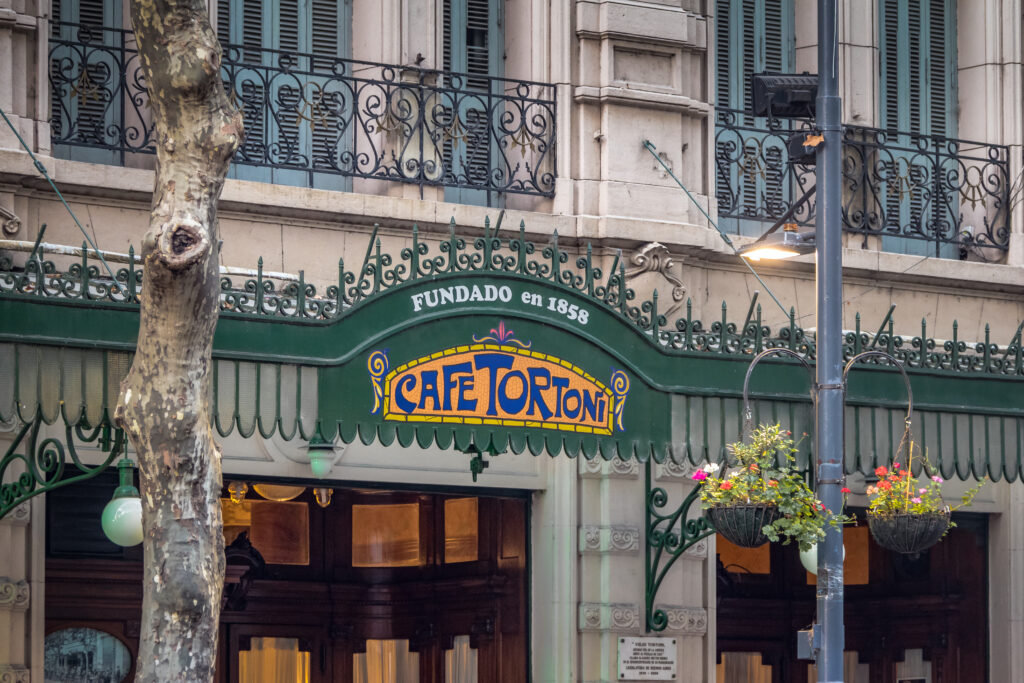
The Gran Café Tortoni is easily the most famous cafe in all of Buenos Aires. With Parisian-style architecture, the cafe was built in 1858, and is a favorite amongst tourists. Get there early to avoid waiting in a line that’s too long. The cafe opens at 8am everyday, and it it’s advised to show up by 7:45/7:50am. Options of what to eat here range from savory to sweet: either a nice breakfast sandwich to start your day, or some churros with cafe con leche.
Stop #2: Walk Around La Boca
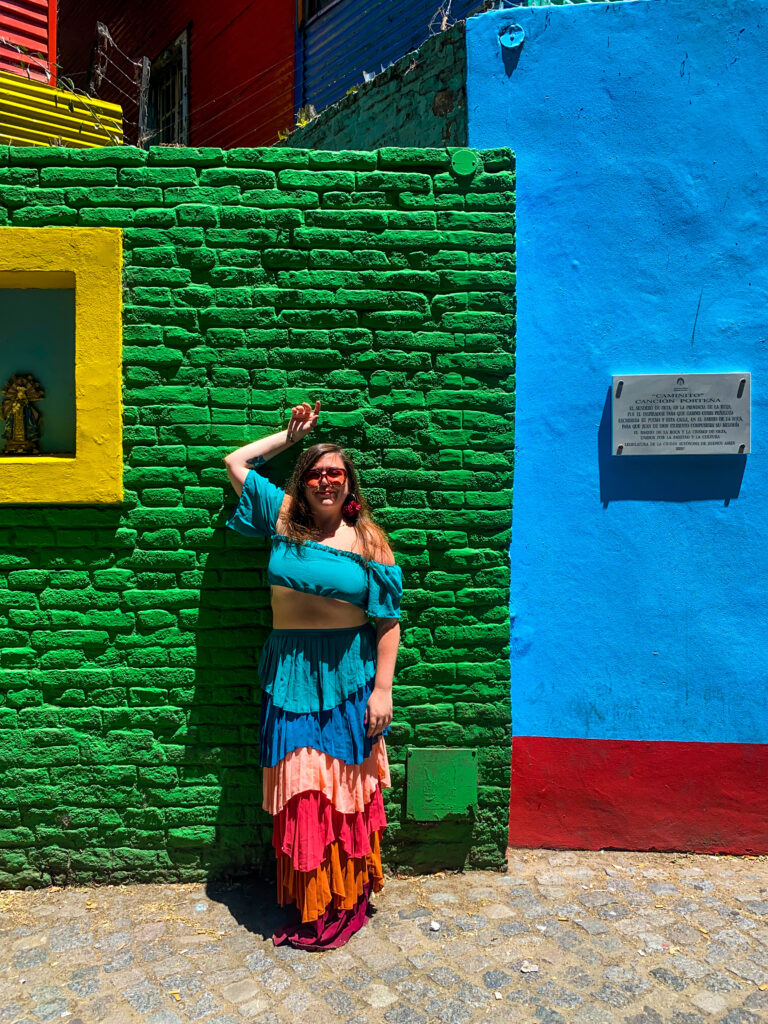
After your delicious breakfast at Gran Café Tortoni, it’s time to head to one of the most picturesque spots in all of Buenos Aires: La Boca. La Boca is about a thirty-minute walk from Gran Café Tortoni, or you can take an Uber or taxi for an affordable rate (under $10, typically under $5). There are two reasons I recommend La Boca as one of your first stops of the day: One- Since it’s so popular, La Boca gets extremely busy, so it’s better to get there early. Two- the neighborhood has a reputation for getting a little “dodgy” later in the day, so to avoid any potential mishaps, going as early as possible minimizes risk.
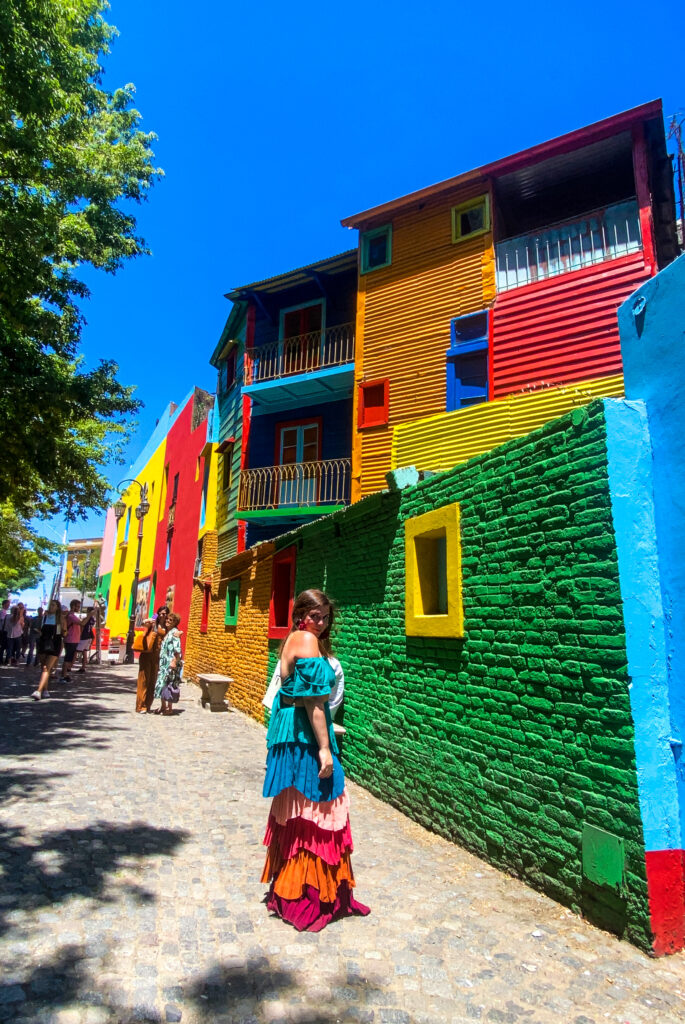
La Boca is primarily known for its picturesque colorful houses, but there’s much more to the neighborhood than that. It is a working-class neighborhood closely situated by the water. While walking around, you’ll pass many street vendors, shops, restaurants, museums, cafes, and bars. There’s also live tango all over, usually outdoors, so you have the chance at catching some dancers!
There’s plenty of history to be learned about this colorful neighborhood, and the best way to learn about it is through a guided tour.
If you want to wear something colorful like I did, which you should, check out these dresses here.
Stop #3: Eat Street Food
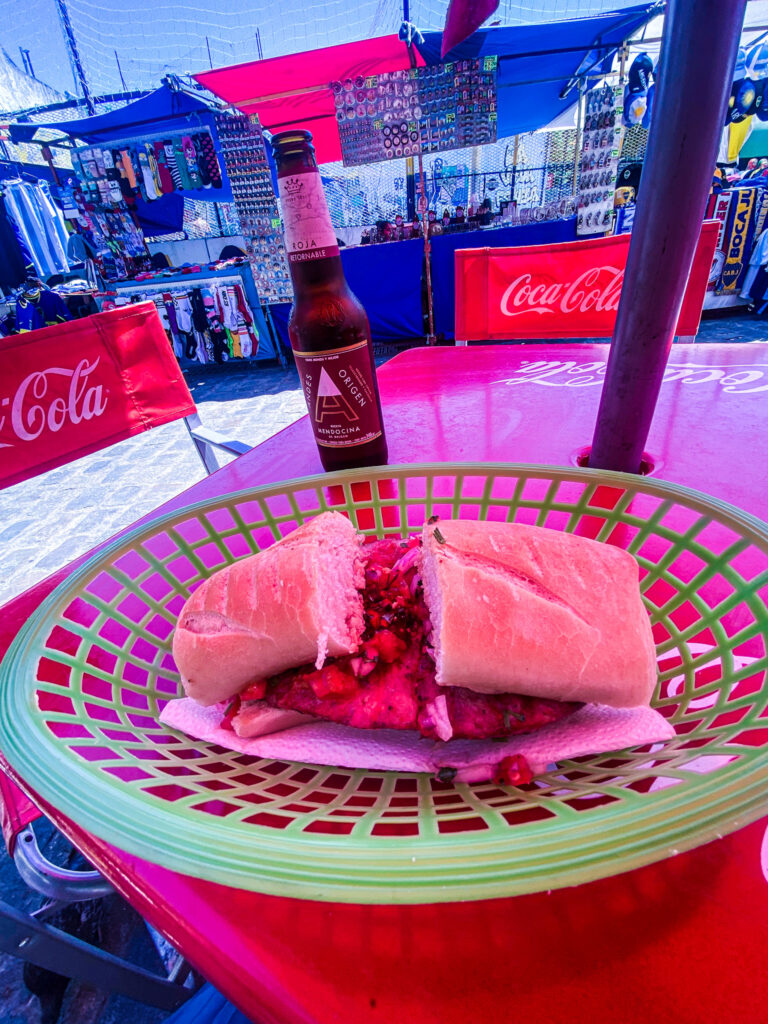
While in La Boca, you must try some street food. Buenos Aires, as mentioned above, has a strong culinary game, and it doesn’t stop at sit-down and fine-dining restaurants. No, no; the street food of this city is as close to perfection as it gets. I’m talking grilled meats, french bread, empanadas, fresh fruit juices, even beer and cocktails to go. My absolute favorite street food I ate was choripan, the national sandwich of Argentina. It’s served on a French baguette-style of bread, filled with grilled chorizo, and a salsa, which you can either get mild or spicy. Pro-tip: go for the spicy. It cost around $4 for a sandwich and a cerveza, and it was possibly the best thing I ate in Buenos Aires.
Stop #4: Walk Around San Telmo
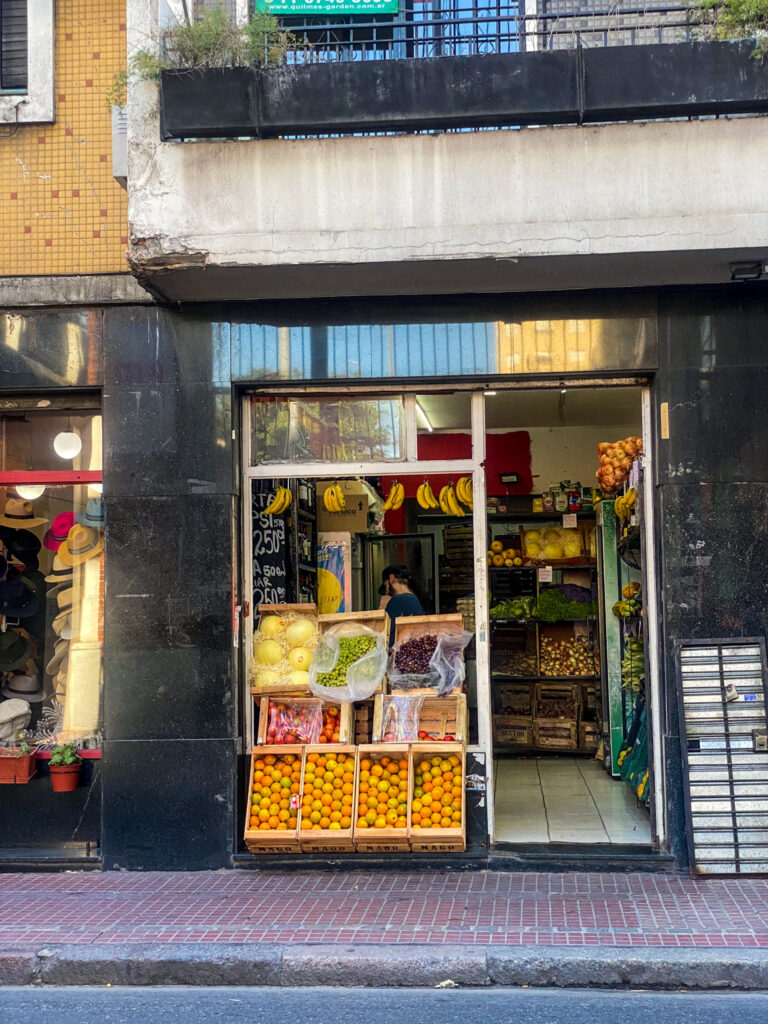
After enjoying the colorful streets and delicious eats of La Boca, it’s time to head elsewhere. Another very popular neighborhood is San Telmo. To get there from La Boca, it is either a 30-minute walk or a 10-minute taxi ride. The walk is a bit boring for the first 15 or 20 minutes, but once you arrive on the outskirts of San Telmo, you’ll walk through a beautiful park. San Telmo is the oldest neighborhood in Buenos Aires, and much of its original architecture remains preserved. The neighborhood is filled with cobblestone streets, weekend markets, antique shops, wineries, and more.
Stop #5: Dulce de Leche Tasting
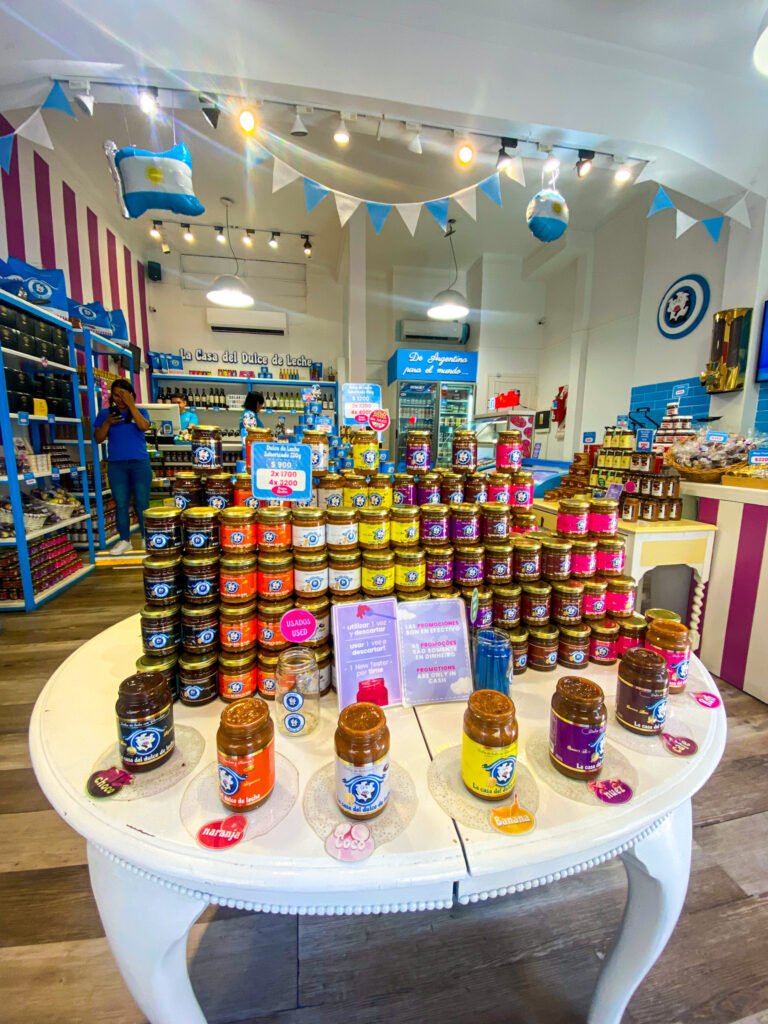
When walking around Buenos Aires, you’re going to pass plenty of dulce de leche shops. Argentina is known to make some of Latin America’s best dulce de leche, and its creamy texture and sweet taste will keep anyone who tries it addicted. While any of the shops suffice, the best one in the city is La Casa del Dulce de Leche, featuring dulce de leches from all over the country where travelers can taste-test. I ended up bringing home 3 jars of a Patagonian dulce de leche to give to my sisters, and of course, keep one for myself. Also, don’t forget to try some alfajores, or sandwich cookies filled with dulce de leche. They come in a variety of flavors, and are insanely delicious.
Stop #6: Visit Teatro Colon
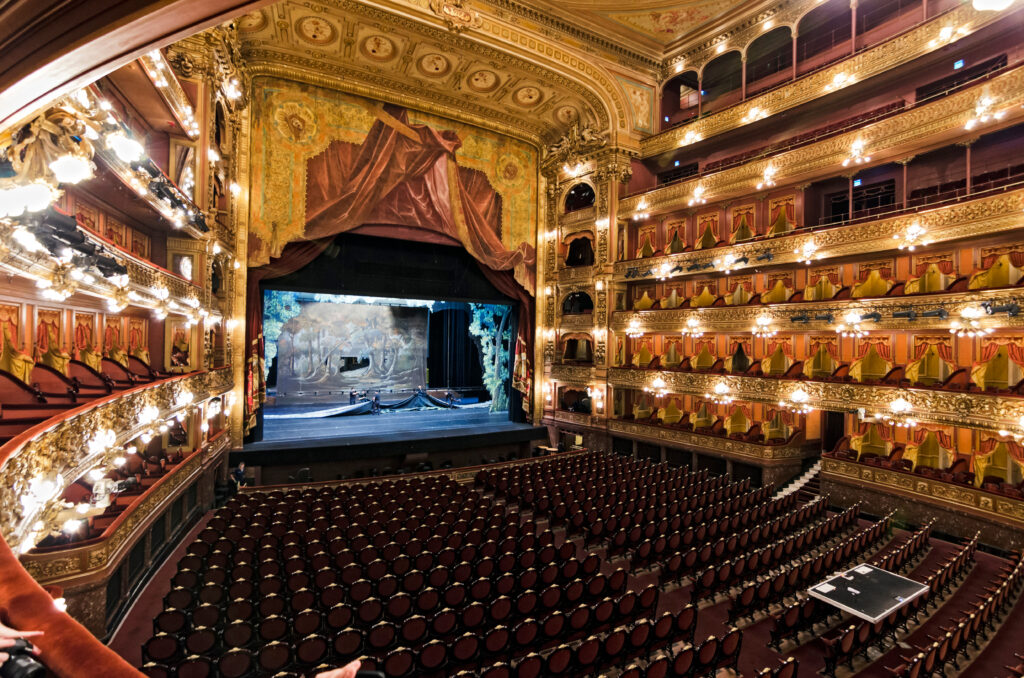
Teatro Colon is the main opera house in Buenos Aires, so if you can catch a show, you absolutely should. If you cannot catch a show, however, you can take a walking tour of the entire city, and a stop by Teatro Colon is included. According to its Wikipedia page, Teatro Colon is known to have the best acoustics out of every opera house in the entire world.
Stop #7: Eat Italian Food
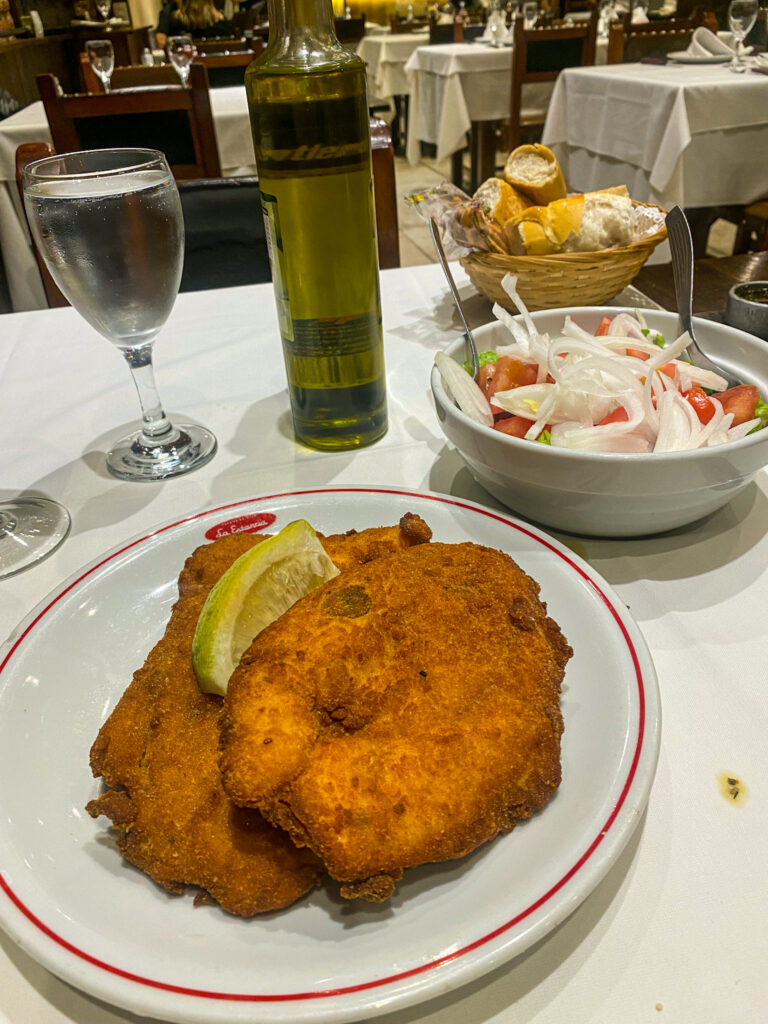
You might be catching onto a theme here of eating, but truthfully, when in a culinary capital such as Buenos Aires, you’d be remiss to not take advantage of all of the exciting cuisine the city has to offer. While traditional Argentinian food is incredible, there’s another cuisine whose ranking is quite high in Buenos Aires: Italian. In the early 1900s, many Italians migrated to South America, primarily ending up in both Brazil and Argentina due to the two countries being situated on the East coast. Names like Francesco, Enzo, Emilia, and other Italiano-names are commonly heard throughout the country, but just as much as their names can be found and heard, Italian cuisine has a strong presence in Argentina. Expect to find milanesa, pizza, pasta, gelato, and more all throughout the city. I ate Milanese at La Estancia, and while I much prefer the Italian version, Argentina certainly doesn’t do it poorly.
Stop #8: Visit the Obelisco
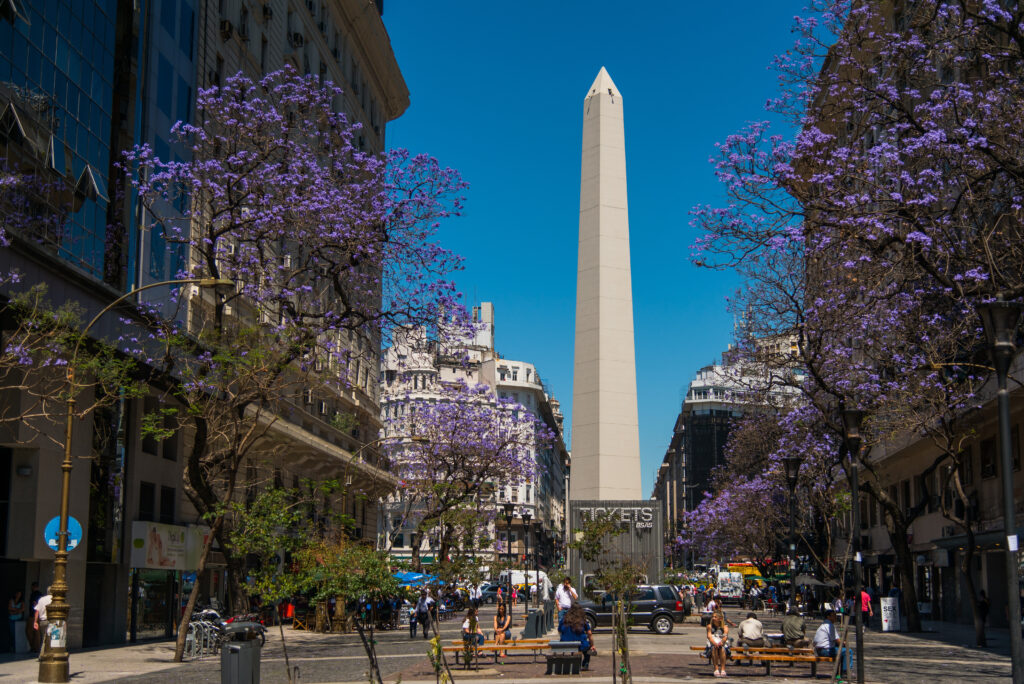
The Obelisco is a large monument located in Plaza de la Republica, with four shafts each representing a historic moment for Buenos Aires. The shafts represent the city’s foundation in 1536, the city’s foundation again in 1580, the first celebration of the Argentinian flag in 1812, and the induction of Buenos Aires as the nation’s capital. The neighborhood surrounding The Obelisco is quite busy; filled with popular chain restaurants, shops, and walkable areas. Enjoy a stroll while taking in one of the city’s most famous landmarks.
#9: Roam Recoleta
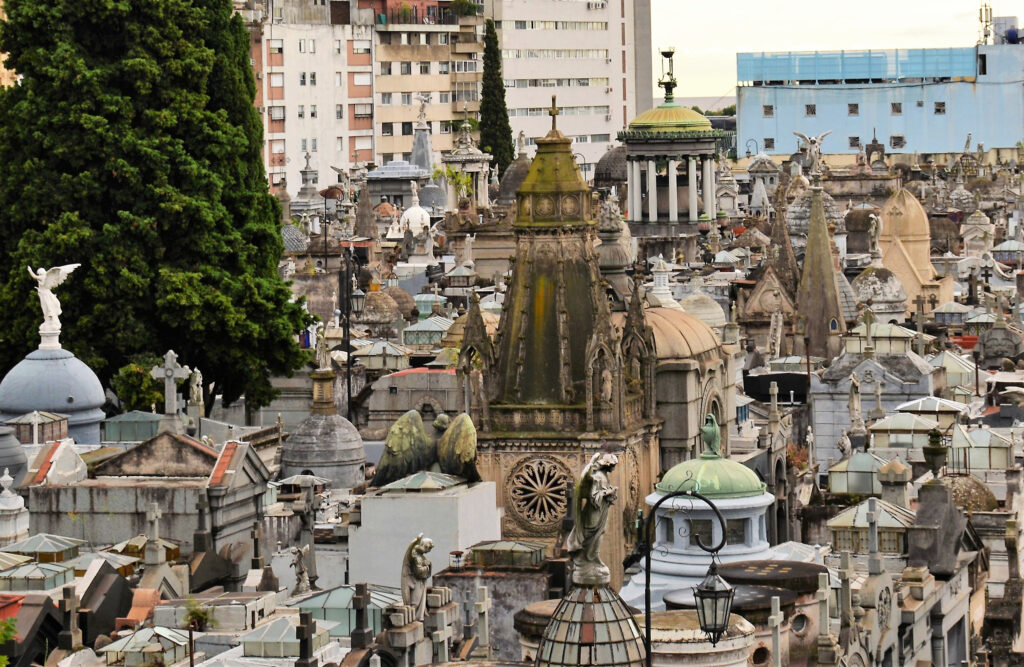
Buenos Aires is indeed known as the “Little Paris” of South America, and if there’s one neighborhood that proves this theory to be true, it’s Recoleta. The Recoleta district is quite posh and upscale, located in the northern part of the city. Expect to find galleries and boutiques strewn on every corner, just like if you were in Paris. The Recoleta Cemetery is a notable landmark, as well as The National Library of Argentina.
Pro-tip: Book a tour to see a live tango show.
Stop #10: Eat Asado By The Water
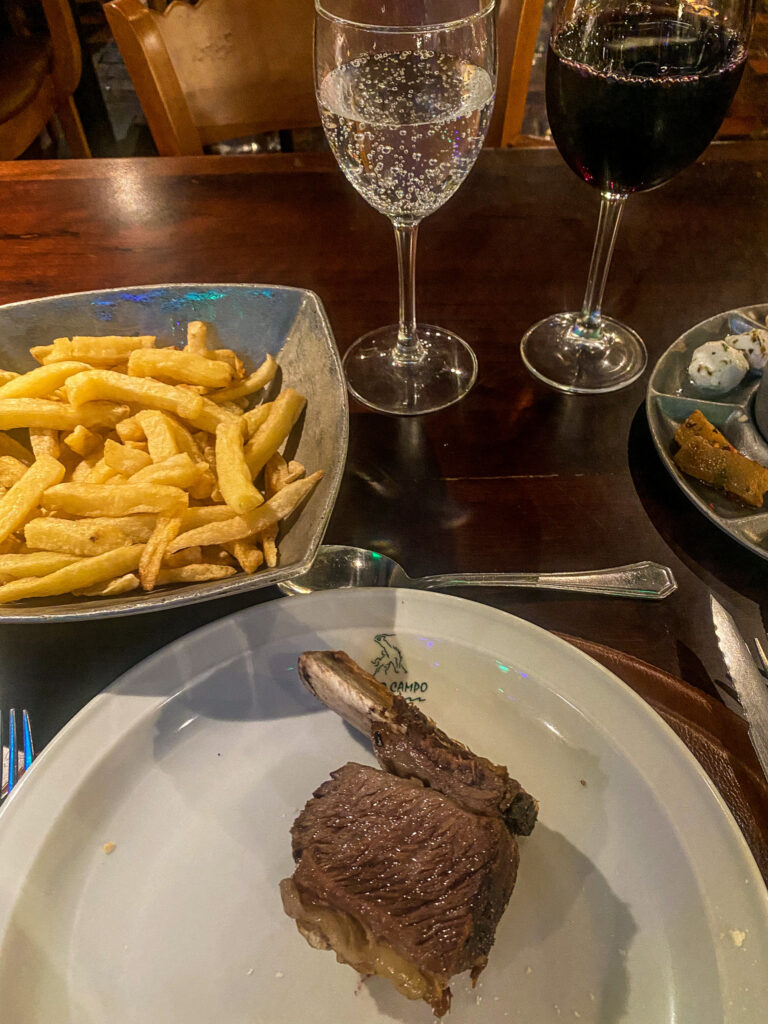
Last, but certainly not least, to top your Argentinian day off, you must indulge in some classic Argentinian barbecue, or “asado.” Argentinian barbecue is not like the US South’s version of barbecue, but instead, it is a feast of grilled meats, primarily beef. While I did eat steak in Argentina, I was most blown away by the short-rib. Head to Estilo Campo, an upscale but affordable steakhouse situated on the water. I felt like a queen, and with dessert, short-rib, fries, bread with several dips (this will become a pattern when dining in Buenos Aires: they love their sauces and bread!), plus two glasses of vino, my meal was less than $40.
Extra: Hotel Options
If it turns out you have the night in Buenos Aires to spend, perhaps with an early departure time the next morning, here are my top-recommended hotels:
- Budget: Up Viamonte Hotel, Mérit San Telmo (I stayed here and loved it!), La Fresque Hotel, HTL Urbano
- Mid-Range: Palacio Paz Boutique Hotel, Tanguero Hotel Boutique Antique, L’Adresse Hôtel Boutique
- Luxury: Four Seasons Hotel Buenos Aires, Algodon Mansion, Recoleta Grand, Sofitel Buenos Aires Recoleta
DISCLAIMER: I might make a small commission from some of the links throughout this article, but the price is the same for you. This helps keep my business running so I can continue to provide free travel tips!
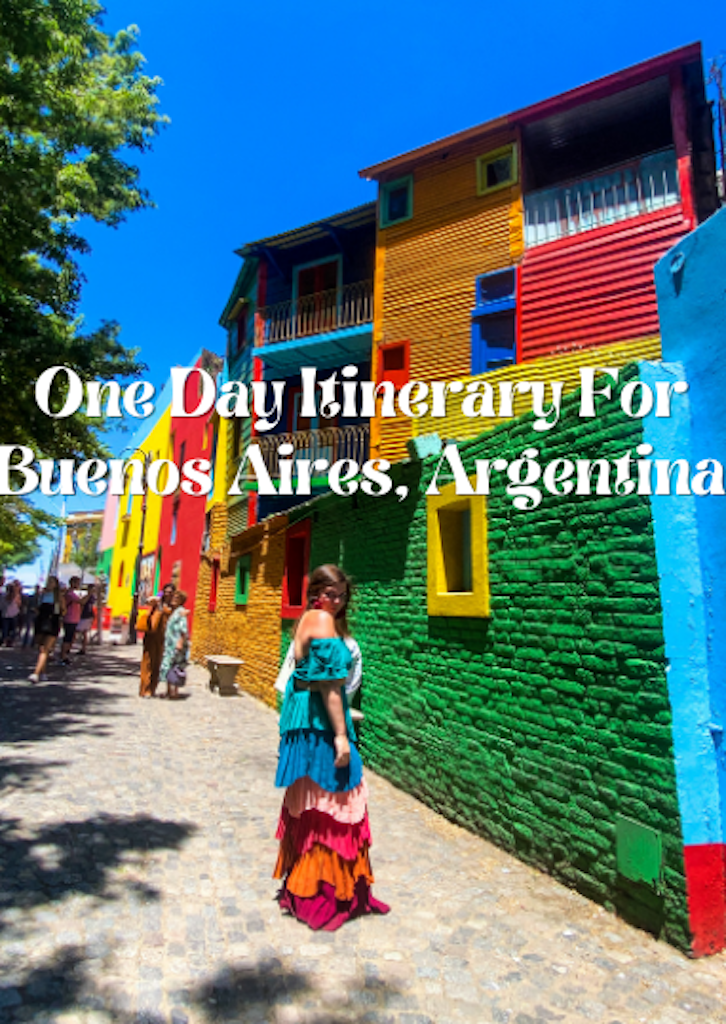
Pingback:The Friendship Bridge: How To Walk To Paraguay From Brazil - No Man Nomad
Pingback:Tips On Taking The Ferry To Colonia Del Sacramento, Uruguay From Argentina - No Man Nomad